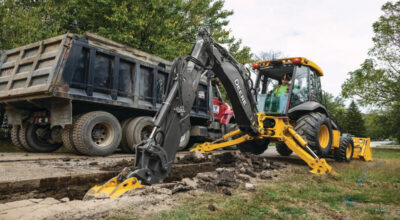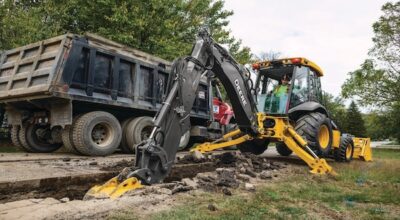John Deere Backhoe loaders are useful pieces of construction machinery and can be found on small and large construction sites. Generally, this piece of construction equipment is used for excavation, carrying light loads, landscaping, and paving. In this blog post we will describe the unique characteristics of the John Deere 310SJ and the John Deere 310E backhoe loaders.
Access the top performing equipment on the market. Explore our inventory of John Deere machinery!
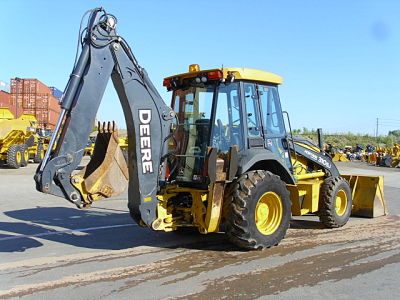
Above is a John Deere 310SJ
The John Deere 310SJ has a wide range of motion on its backhoe, can load as high as 11 feet 3 inches, and can dig a depth of 14 feet 5 inches. The John Deere 310SJ has a 4045T industrial engine with 92 horsepower, a Turbocharged aspiration, and a net maximum torque of 282 pounds per foot. The 310SJ also comes with a powershift transmission which has four gears moving forward and three in reverse.
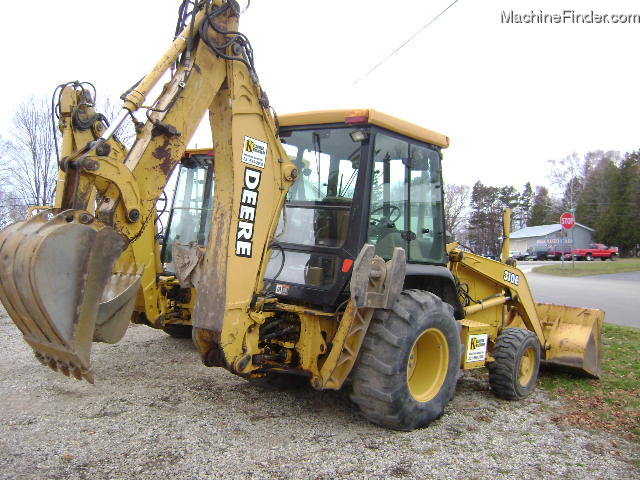
Above is a John Deere 310E
In contrast to the John Deere 310SJ, the John Deere 310E has a far smaller range of motion on its backhoe; its load height is 10 feet 9 inches, its swivel reach is 17 feet 8 inches, and its dig depth is 14 feet 3 inches. Despite the lower range of motion on its backhoe, the range of motion on the JD 310E’s loader is much higher with a max dump height at 11 feet 1 inch. The JD 310E has a tier 2 PowerTech™ 4045 Industrial Diesel Engine with 76 horsepower and a net maximum torque of 218 pounds per foot. In addition, the JD 310E has a 4-speed, helical cut gear, collar shift transmission, and is synchronized in all gears with a hydraulic reverser. The JD 310SJ has four forward gears and four reverse gears.
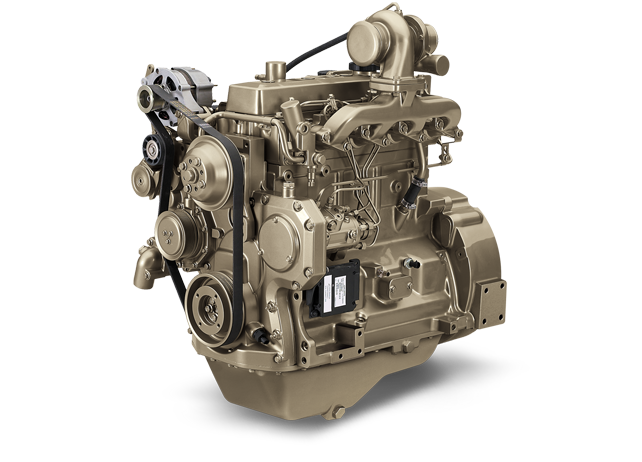
The Engine pictured above is a John Deere 4045T
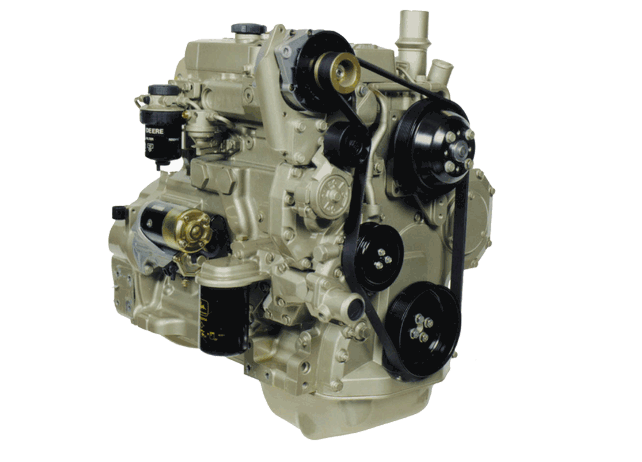
The engine pictured above is a John Deere 4045D
The John Deere 310SJ and the John Deere 310E are backhoe loaders with unique qualities which make them different from one another. Although reach, digging depth, engine power, and transmission features are some of the components that differentiate these distinct models, you won’t know which one is right for you until you test them yourself.
If you enjoyed this post please check us out on Facebook, and Twitter.

